Finding Clarity in the COVID Chaos
By Alix Morris
.
The Sky Is Falling
I was on a Red Line train in Boston, just crossing over the Charles River, when I discovered the world was ending. It was February—that month when each day feels a bit grayer than the last, as though color itself has gone into hibernation. As was typical of my morning commute into the Earthwatch office, I was listening to the New York Times podcast ‘The Daily.’ The featured guest that day was Donald McNeil, one of my favorite health journalists. I first began following Donald more than a decade ago when I was working for an HIV vaccine organization in New York. He had a great reputation for covering complex infectious disease research fairly and accurately—he seemed to know about as much as our Ph.D. scientists and yet could explain it in a way that made complete sense to a non-scientist. So when he told the host of the podcast that it was time for Americans to prepare for a pandemic that could rival that of the 1918 Spanish flu, I gasped so loudly that several other passengers looked up from their phones to see what had happened.
By the time I reached my desk, I was in a complete state of panic. I began rapidly telling my Earthwatch colleagues that the world as we knew it was over, that Earthwatch might have to close its doors, at least temporarily. “We could lose our entire field season!” I said. (Needless to say, I didn’t win any motivational speaking awards with my team that day.) But as they pointed out—calmly and rationally, I should add—the world hadn’t shut down, not yet anyway. In fact, there were surprisingly few signs at that point that things would be as bad as he was predicting. All we could do was wait.
.
.
Invading the Wild World
In March, as COVID-19 began to spread across the U.S. and Europe, I began to wonder whether I was working in the right field. Before joining Earthwatch, I worked for a decade in global health, focused largely on infectious disease research. My former colleagues—from epidemiologists to healthcare workers to lab scientists—were now serving on the front lines of a global crisis. But in this moment of hesitation, I considered what first drew me to the field of environmental science: its connection to human health. And in the midst of this devastating pandemic, this connection became even clearer.
There are multiple ongoing global investigations into the origin story for COVID-19, as we strive to learn as much as we can from the onset and evolution of this devastating virus. Although it is unclear exactly how and when it was first transmitted to humans, there is considerable evidence suggesting that it originated in horseshoe bats in China.
But shortly after this information went public, reports began to surface about people attacking bats in countries around the world—misguided attempts to stop the spread of COVID-19. In some cases, bats were captured and killed, in others, the animals were burned out of their roosts. But killing bats does far more damage than good, in part because of the critical role these species play in ecosystems around the world—from pollination to seed dispersal to controlling insect populations. Not only that, many bat scientists believe they could reveal important secrets about disease responses with implications for human health.
But in many ways, blaming bats for the emergence of coronavirus is far easier than acknowledging the true culprit. Habitat destruction, biodiversity loss, the climate crisis, the wildlife trade—among the many consequences of these human activities are the ways in which they bring us into contact with disease-carrying host species. We must recognize the interconnections between humans, wildlife, and ecosystems, and prioritize the collective health and resilience of each of these systems.
While habitat destruction and biodiversity loss are linked to the spread of infectious diseases, there are many other environmental and human health connections worth considering. Air pollution can lead to respiratory and heart conditions, which are linked to an increased risk of death from COVID-19. Extreme weather events spurred by the climate crisis, including hurricanes, wildfires, and record-breaking heatwaves, can result in illness and death, especially among vulnerable populations.
We have been destroying the wild world in every conceivable way. We’ve exploited the planet’s natural resources at an unsustainable rate, as though we have insider knowledge that there’s a hidden “restart” button out there waiting for us.
Our ability to prevent future pandemics will depend on our willingness to address the massive environmental challenges that helped pave the way for this one.
.
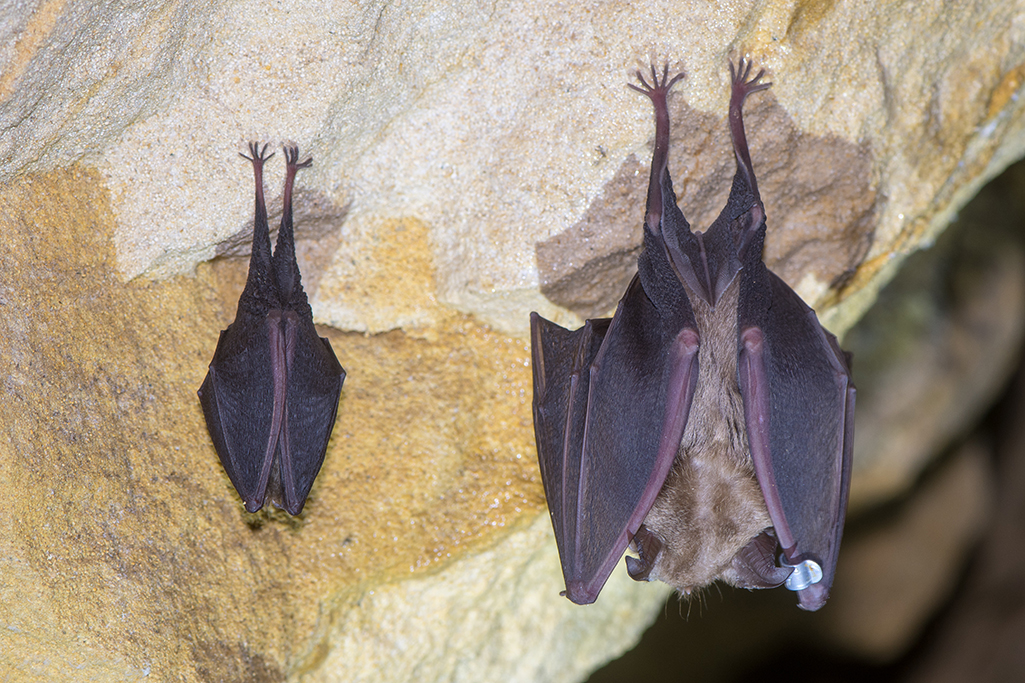
.

.
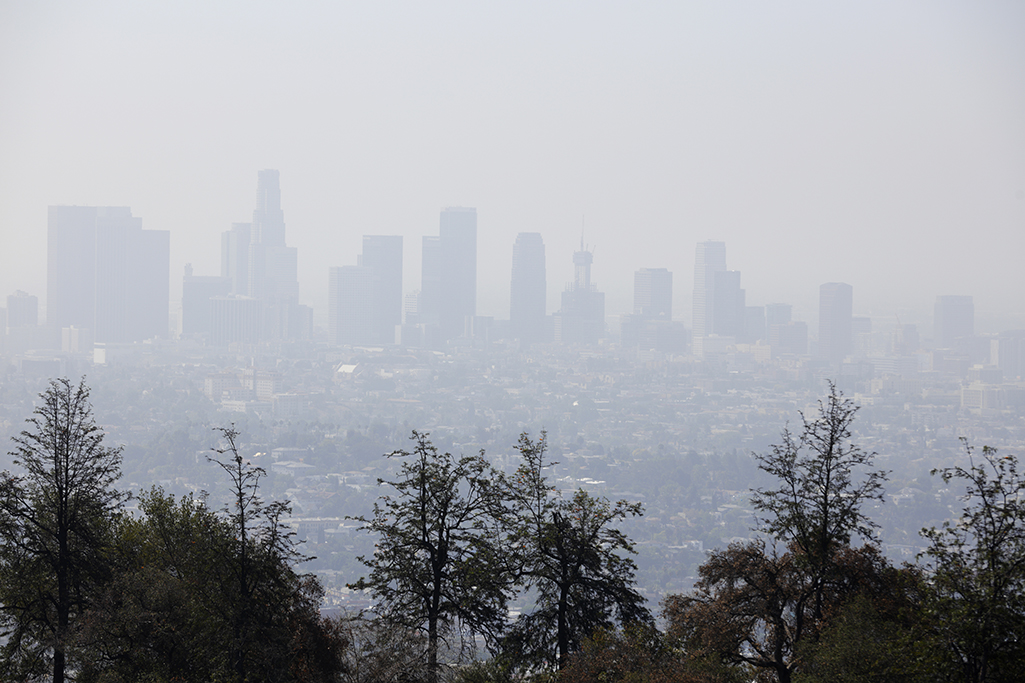
.
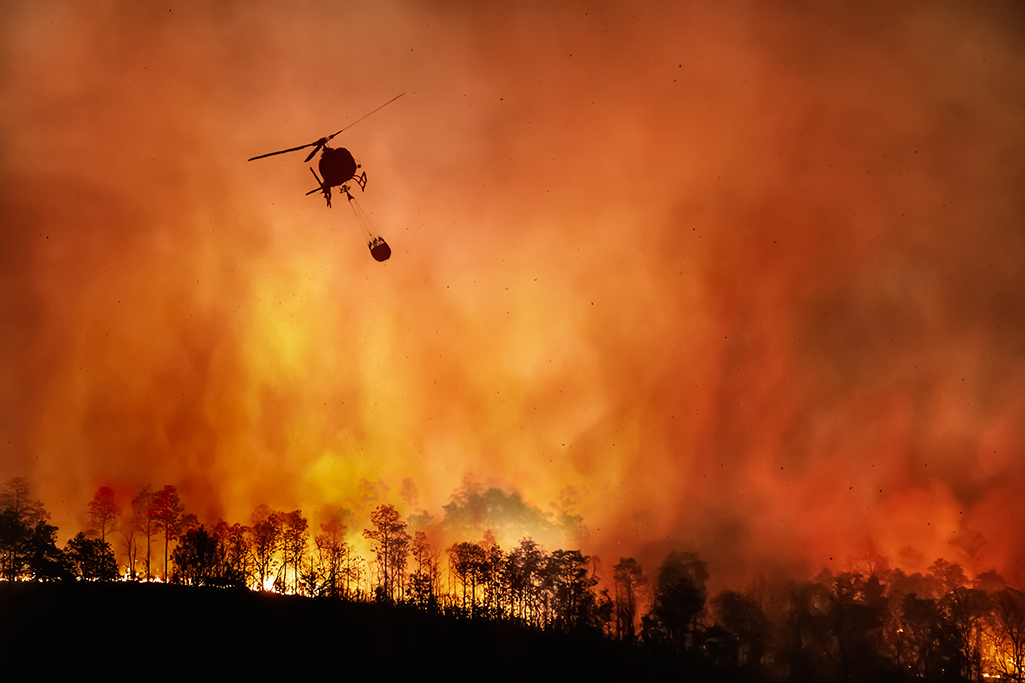
.
.
.

.
A Tuxedo-Clad Success Story
On June 23, 2000, a ship transporting iron ore from China to Brazil developed a hole in its hull just off the coast of South Africa. The alarm sounded—MV Treasure was going down. South African authorities knew they had limited time and so quickly ordered the Treasure, which was carrying 1,300 tons of fuel oil, to be moved further offshore to reduce the risk of environmental damage. But after two hours in rough seas, the tow rope broke loose and the ship drifted towards the east, just six miles offshore of Cape Town, and sank, releasing thousands of gallons of oil into the sea. The 29 crew members aboard the ship were airlifted to safety.
The oil slick extended from Robben to Dassen Islands—off the southwest coast of Cape Town, threatening 40 percent of the world’s African penguin populations.
Oil breaks through penguins’ waterproof feathers, which protect them from frigid sea temperatures. When this happens, the birds are forced out of the water and unable to feed themselves or their chicks. The result is starvation. In response to the crisis, an army of environmentalists from around the world united to support South African authorities’ efforts to de-oil more than 20,000 birds. A remarkable 90 percent of the birds were released back into the wild after being treated. Some of these birds, however, were unable to breed due to the effects of the oil.
In 2001, a year after the oil spill, Earthwatch began the South African Penguins expedition to monitor the health and population of African penguins on Robben Island, led by Dr. Peter Barham. For nearly 20 years, researchers and volunteers have collected data on the breeding success rates of the penguins, the growth rate and overall conditions of penguin chicks, survival rates of the birds, and other key data that help to determine the best ways to protect the population. In recent years, under the leadership of Dr. Richard Sherley who took over as Principal Investigator after Peter retired in 2016, these data have been used to inform a study assessing the environmental impacts and feasibility of closing large marine areas to fishing near the penguin colonies.
The robust long-term dataset collected by Earthwatch teams showed that not only do more chicks survive when protected by a fishing closure, they also have a better body condition when they leave the islands. Chick survival increased by 11 percent and chick body condition by 45 percent when the colony was protected by a fishing closure, which is predicted to lead to a 20 percent larger population than if the colony was not protected.
But what happened next went even further than the data.
During the two decades that Earthwatch scientists and citizen scientists had been working on Robben Island, they had also built key relationships with local and national authorities, universities, other scientists and NGOs, members of local fishing communities, and more. Some of these community members had even served as Earthwatch volunteers and fellows, kneeling alongside scientists in guano-covered gravel while peering into penguin nests in an effort to better understand and conserve these seabirds. Earthwatch had earned the trust and respect of these communities. So when the South African government needed to make a decision about whether or not to create an official Marine Protected Area around Robben Island, Richard was able to share the extensive data that had been collected through this study.
In October 2018, the Robben Island Marine Protected Area was approved alongside 19 other proposed MPAs. While there is a long way to go to protect this endangered seabird, it is a critical conservation success worth celebrating.
.
.

.

.

.
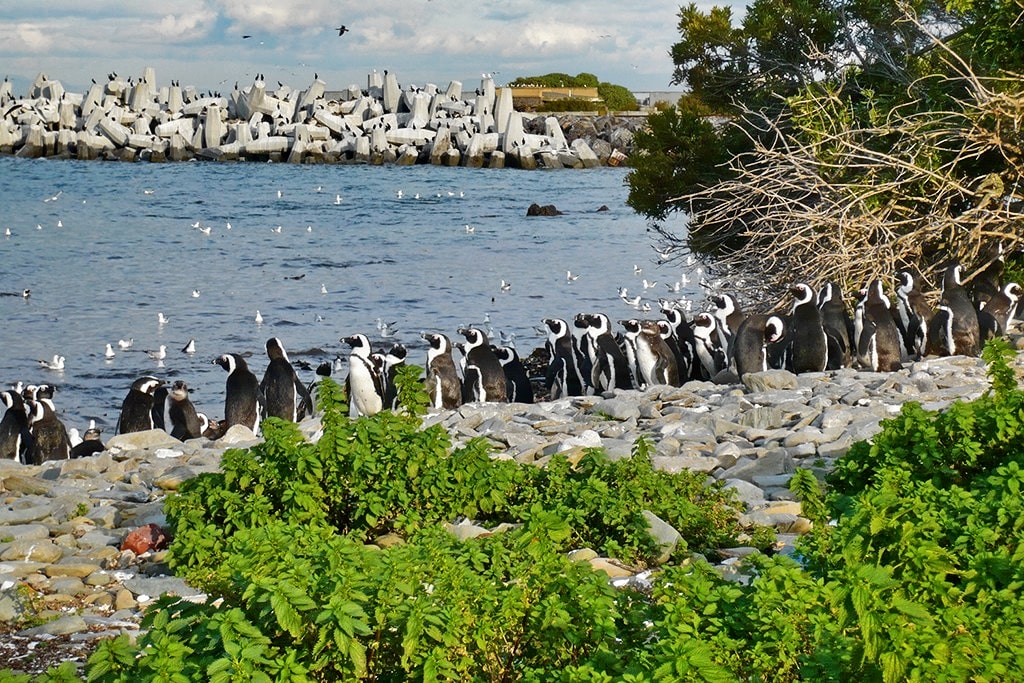
.
The living world will endure—we humans cannot presume the same. We’ve come this far because we are the smartest creatures that have ever lived. But to continue we require more than intelligence, we require wisdom.
— Sir David Attenborough, A Life on Our Planet
.
.
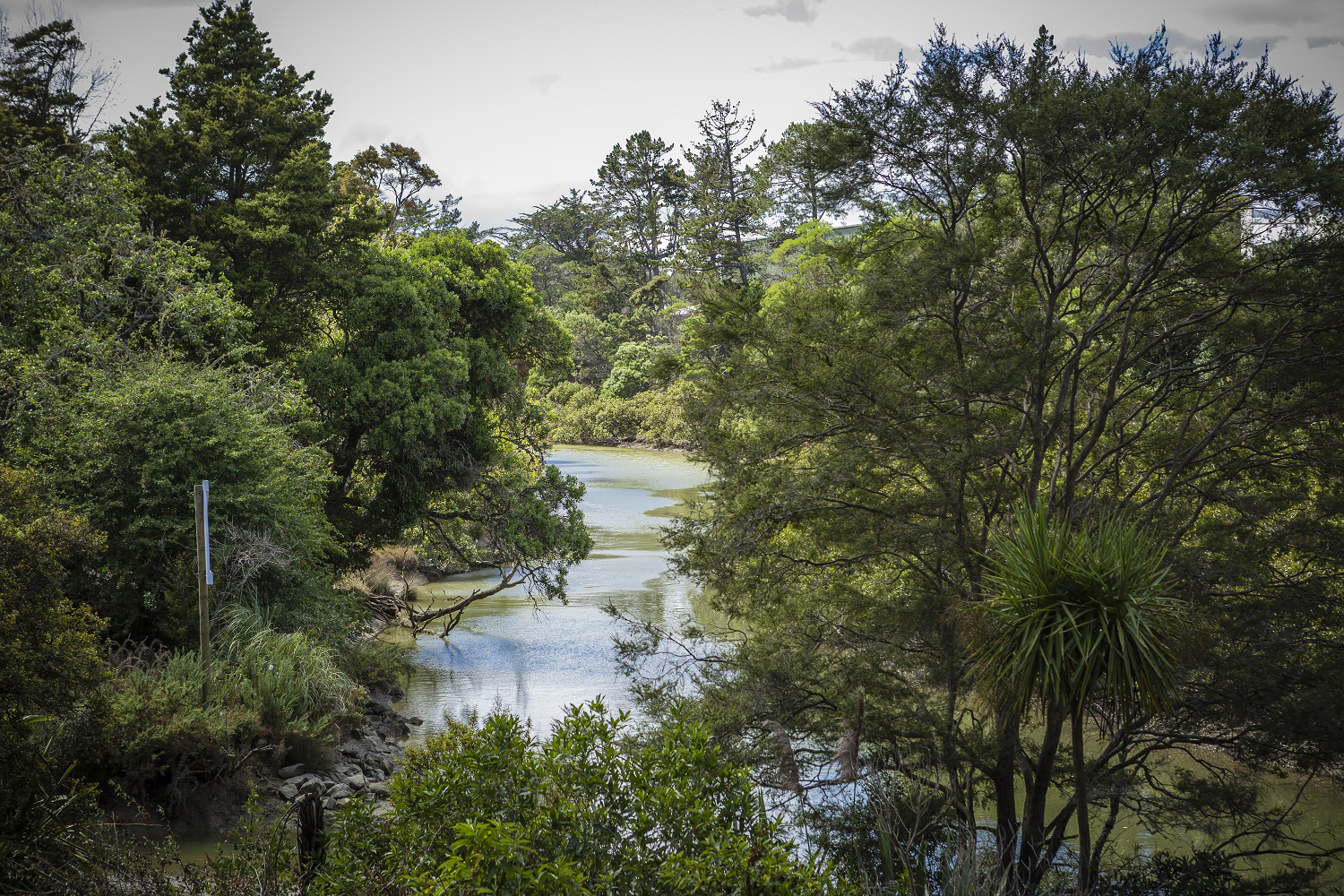
.
Local Solutions, Global Impacts
If I were to channel David Attenborough right about now, I’d say that throughout our history, “intelligence” for Earthwatch has been about knowing to collect the data, to run the analyses, to create the recommendations. But “wisdom” for us is about understanding that monumental environmental decisions, ones that often directly affect people’s lives and livelihoods, require more than just data. They require trust in the messengers, a consistent organizational presence, a commitment to the region, a deep understanding of the local culture and context, and close collaboration and partnerships with the communities in which we work.
These things take time—often far longer than the average two- or three-year foundation or government research grants allow. And they take resources. Our resources come in the form of generous individual donations, foundation grants, partnerships with corporations, and, critically, the incredible personal and financial support from citizen scientists. Earthwatch volunteers commit one- to two-weeks getting their hands dirty, often in far-flung regions of the world, to support climate and biodiversity research.
It is because of each of these groups of individuals—our global, dedicated Earthwatch community—that stories like this are possible.
.
.
.
2020: Year of the Asterisk
If this challenging year has taught us anything, it’s the true impact of Earthwatch volunteers and supporters. We’re incredibly lucky to work with scientists and field staff who have found creative ways to “make do” in the absence of Earthwatch teams. But we’re also acutely aware of the ways in which so many of our projects have suffered. Data collection has halted at project sites around the world, disrupting decades of research documenting environmental change; graduate students have been forced to delay their degrees, as they lack the research data they need to complete them; and entire communities have lost the economic support linked to the consistent presence of our field teams.
Thankfully, because of ongoing partnerships with local communities, and Earthwatch-supported training opportunities available to local students as part of our research projects, some key data were collected this year that will help to maintain critical research and conservation efforts until Earthwatch can resume its standard expeditions in 2021.
In southeast Kenya, Earthwatch teams, led by Dr. Bruce Schulte, have been working with research students and local farmers to help mitigate human-wildlife conflict while conserving the land and its resources using the latest methods in sustainable agriculture and forestry as part of our Elephants and Sustainable Agriculture in Kenya expedition. In 2020, Earthwatch’s field team leader, Simon Kasaine, was able to maintain basic monitoring and maintenance for some of the farm experiments, including a specialized fence he personally designed that has proven to be the most effective at keeping elephants away from crops. But many of the research tasks remain untouched this year.
In Belize, Dr. Demian Chapman, who leads Earthwatch’s Shark and Ray Conservation in Belize expedition, recruited local fishermen to engage in shark tracking efforts, supporting ongoing research and conservation efforts for these threatened and endangered species. In 2020, these same fishermen were able to share data on captures and releases of tagged sharks, which has helped to maintain some limited tracking efforts. But the project didn’t come close to collecting the vast array of data they are able to collect with the support of Earthwatch volunteers.
.
.
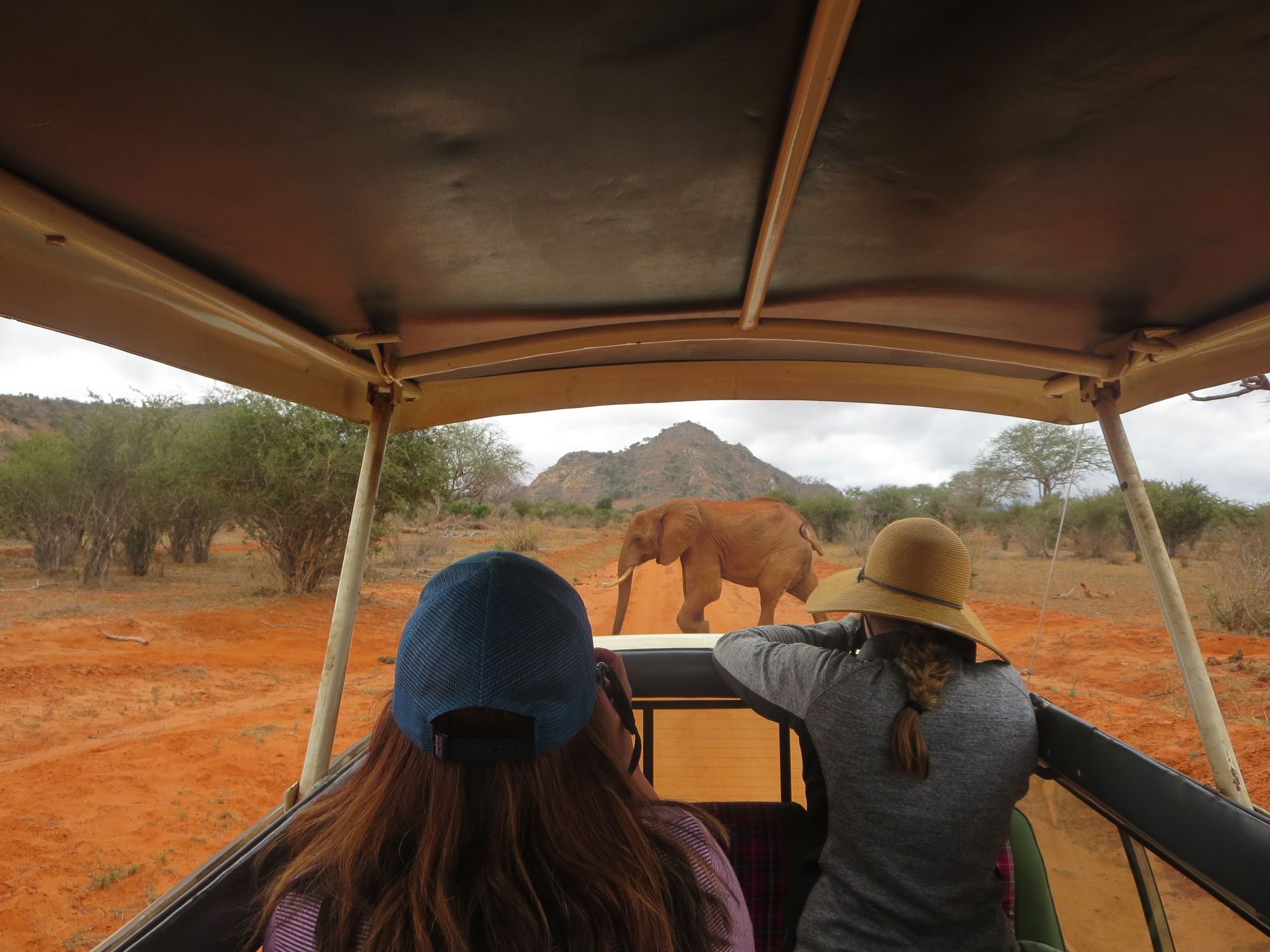
.
.
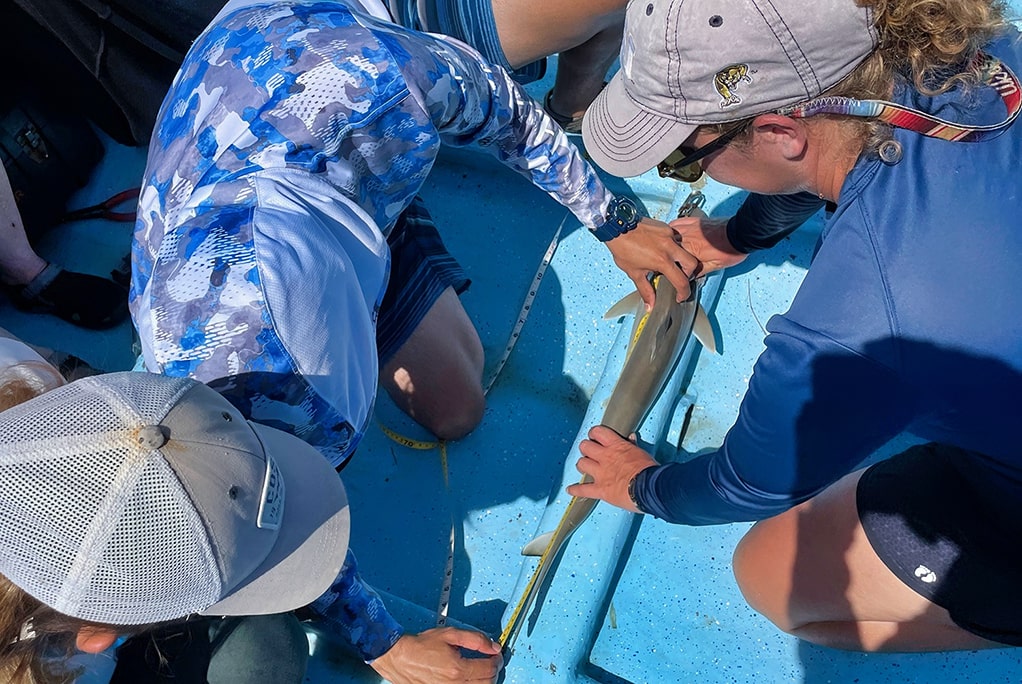
.
.
.
Bringing Our Wisdom to Bear
As we crawl towards the finish line of the super-ultra-mega-marathon that has been 2020, I’d like to pause and thank our loyal friends and supporters. It is because of you that Earthwatch has survived this tumultuous year, and it is with your continued support that we will begin 2021, our 50th anniversary year (!), armed with the focus, determination, and innovation needed to combat the most significant environmental challenges humanity has faced.
2020 has shown us the ultimate power of science. We have witnessed first-hand what happens when the best science minds in the world come together in pursuit of a singular goal, armed with the resources and support—both political and societal—needed to achieve it. We’ve also seen the power of humanity—the ways in which healthcare workers have put their own lives on hold to care for sick patients, and to comfort and mourn those patients who have succumbed to this virus, the ways in which teachers have gone above and beyond, finding creative ways to connect with their students—both in person and virtually, the bravery and commitment of all front-line workers, from postal workers and delivery drivers, to EMTs, to grocery store employees, who have helped the rest of us to maintain as much stability as is possible in the midst of this pandemic.
Scientists represent just ~0.1% of the world’s population. Earthwatch’s model is to harness the expertise of this research community while expanding it to include a global army of citizen scientists. By combining the power of science with the commitment and compassion of humanity, by relying not just on our intelligence, but on our collective wisdom, we can—we will—combat the greatest environmental threats humanity has faced. Our very survival depends on it.
.
.
YOUR SUPPORT MATTERS
Earthwatch depends on donations—above and beyond what we raise from volunteers who participate on our expeditions—in order to deliver our global conservation mission. In fact, volunteer contributions provide only half of the total resources Earthwatch needs to sustain over 40 field research expeditions, a wide variety of educational programs, corporate sustainability trainings, and more each year.
Sign up for the Earthwatch Newsletter
Be the first to know about new expeditions, stories from the field, and exciting Earthwatch news.
.
.
.